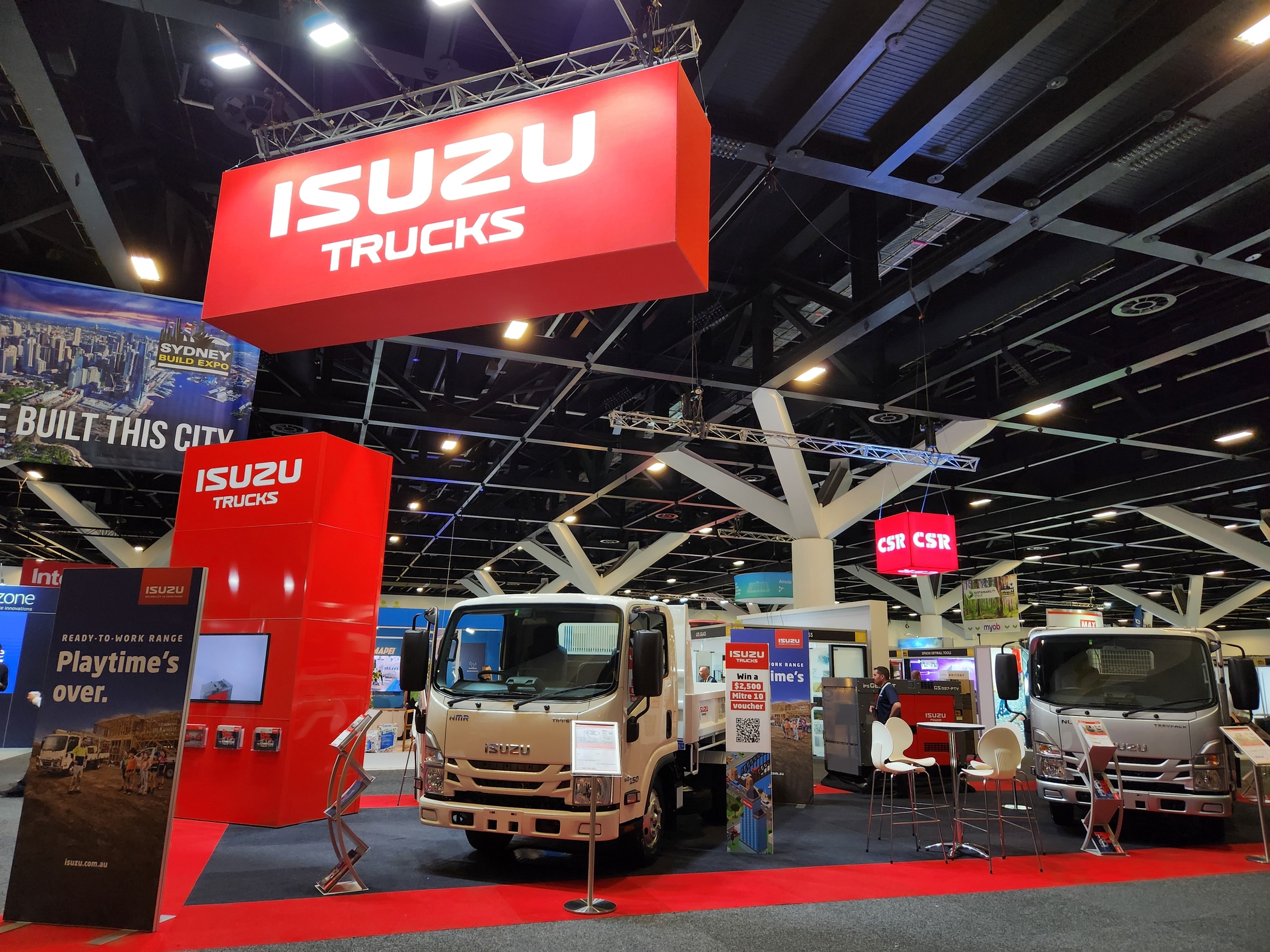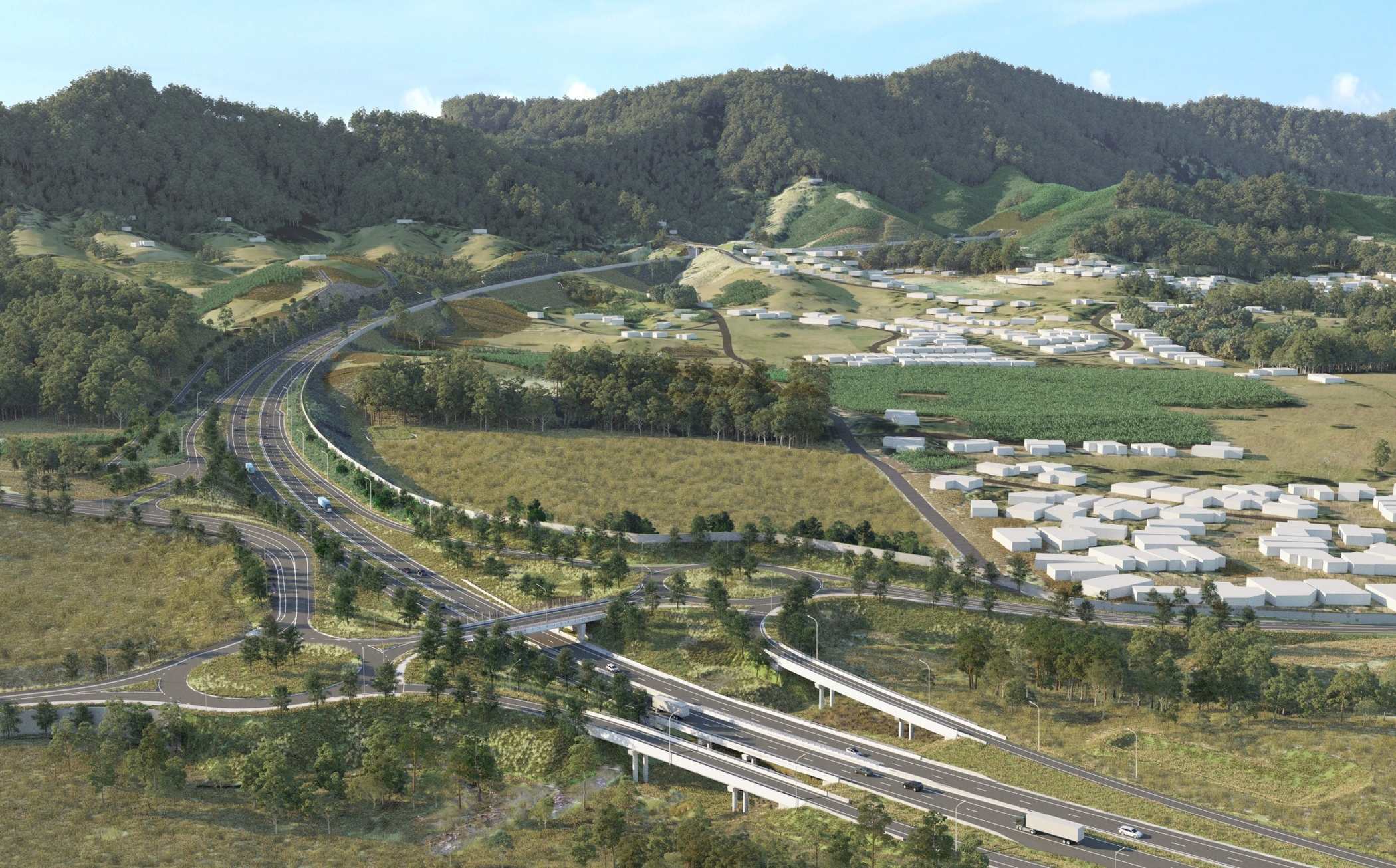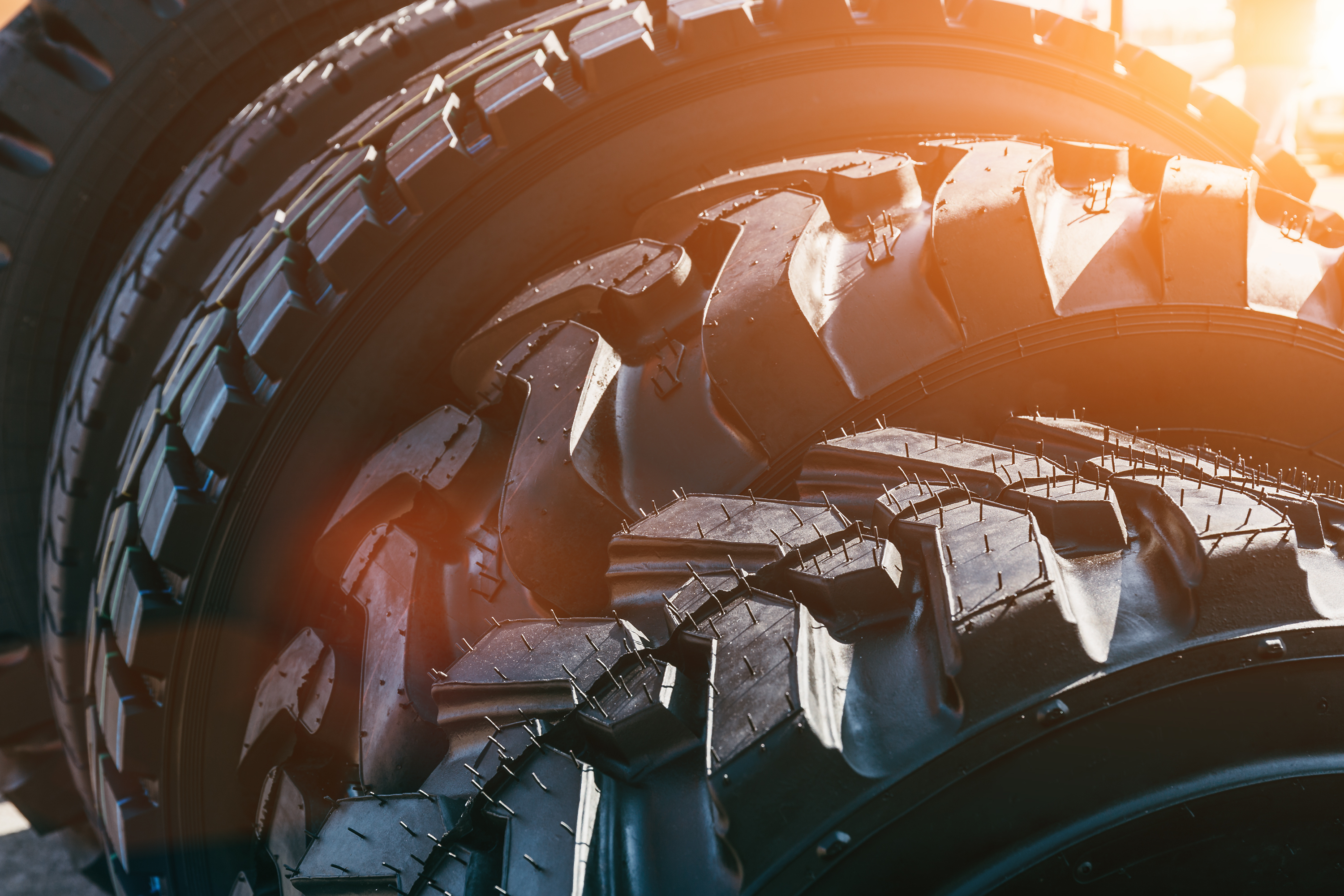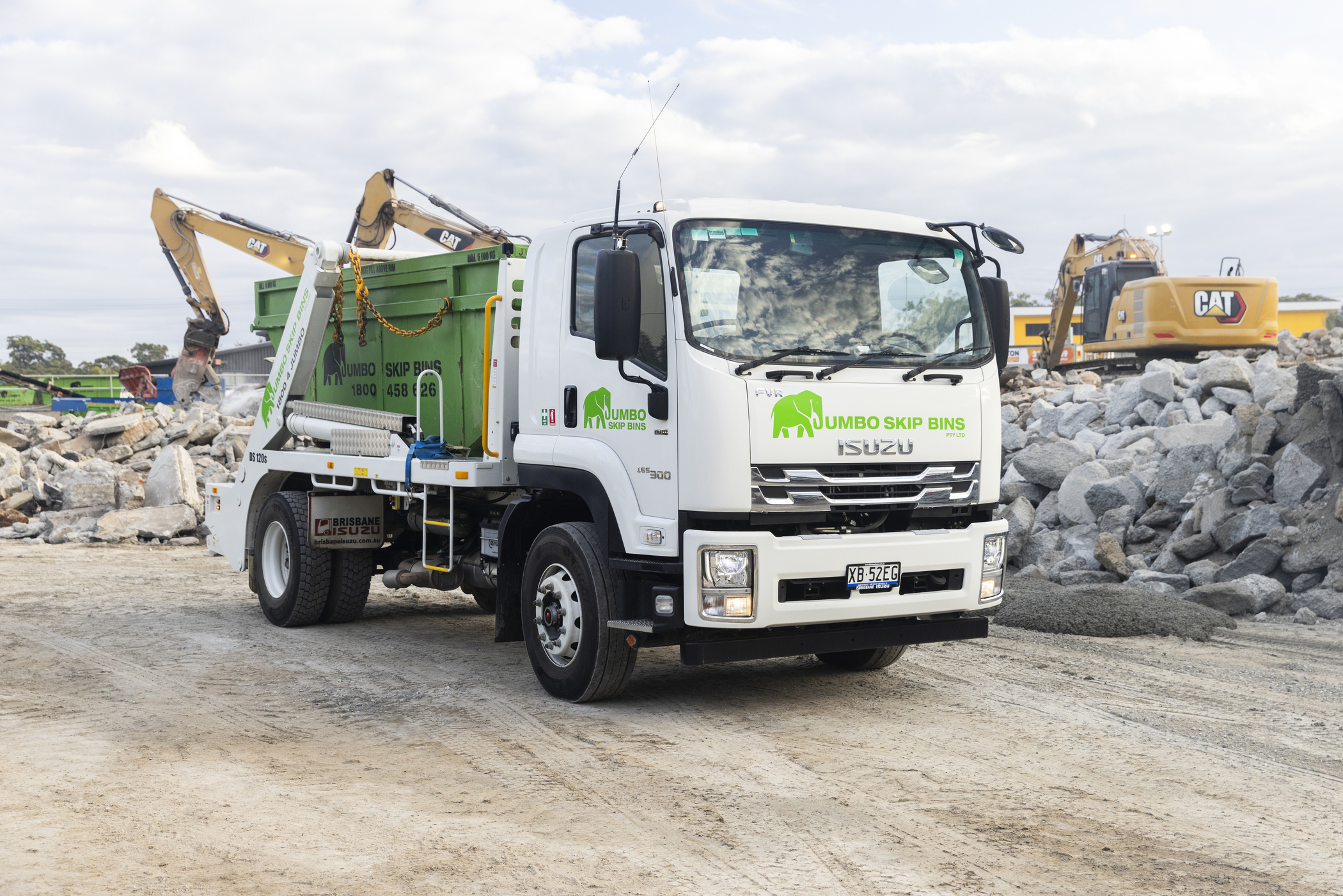UNDERSTANDING GENERAL MASS LIMITS

 When associating Australia’s growing road freight task with the infrastructure required to carry it out, a fairly straightforward theory rings true. In simple terms, the higher the ‘productivity’ (load capacity) of a truck (multi-combination prime movers for example), the more efficient they are in getting goods from one point to another. For those freighting larger loads, it makes some sense too. Why employ a fleet of smaller trucks to transport a load from point A to point B – when you could just use one or two larger vehicles? Of course, the desire for improved road transport efficiencies and to ensure that our road transport infrastructure is suitably used brings with it the need for regulations and limitations in the form of General Mass Limits (GML).
When associating Australia’s growing road freight task with the infrastructure required to carry it out, a fairly straightforward theory rings true. In simple terms, the higher the ‘productivity’ (load capacity) of a truck (multi-combination prime movers for example), the more efficient they are in getting goods from one point to another. For those freighting larger loads, it makes some sense too. Why employ a fleet of smaller trucks to transport a load from point A to point B – when you could just use one or two larger vehicles? Of course, the desire for improved road transport efficiencies and to ensure that our road transport infrastructure is suitably used brings with it the need for regulations and limitations in the form of General Mass Limits (GML).
What are GMLs and why do we need them?
GMLs refer to restrictions around the allowable mass of particular heavy vehicles under the Heavy Vehicle National Law (HVNL). General Mass Limits apply to any specific axle or axle group, and range from 6.5 tonnes up to 20 tonnes. HVNL also covers Concessional Mass Limits (CML), which allow a business to operate at mass limits above the national general limits, provided the operator is accredited under the National Heavy Vehicle Accreditation Scheme or NHVAS. Higher Mass Limits (HML) is another subset of GML and means operators can access authorised routes, provided the vehicles have axles fitted with specific ‘road friendly’ features such as air-bag suspension, which has a reduced impact on the road surface. Essentially, GMLs are required to ensure goods are distributed throughout our road network safely and with minimal risk. Not only does overloading a truck pose huge risks for the driver, it puts other road users at substantial risk – especially in the event of an accident or roll-over. Most importantly, GMLS are consistent with the design limits of many bridges on our roads, so they are about keeping the bridges and other parts of our roads safe. Beyond the safety of drivers and other road users, overloaded trucks can cause substantial damage to road surfaces and infrastructure, endangering others on the road.
The specifics
So what are the authorities actually monitoring here and where does your truck or fleet fit in? GMLs are divided into axle groups, with different mass restrictions applying to each group. These axle groups include:
- Single axles
- Tandem axle
- Twinsteer
- Tri-axle
- Quad axle
Each group is then further broken down to accommodate different vehicle builds, set-ups and operating conditions. For example, in the twin steer axle group, there are different mass limits applied to a twin steer axle truck without load-sharing suspension, as opposed to the same axle truck with load-sharing suspension. Depending on the specific vehicles operating in your fleet, they are likely to fall somewhere under the above categories in relation to GMLs.
Getting across it
To avoid what could be hefty infringement for overloading your trucks, it’s critical to be aware of these axle groups, where your particular trucks slot-in, and what the mass limits are. To explore all the axle groups and their variations, the National Heavy Vehicle Regulator has developed a handy General Mass Limits fact sheet, current as of February 2016. The fact sheet is easy to follow, covers every axle group and sets out the mass limit applying to each one.
Penalties and infringements
State and Territory police as well as authorised officers in some jurisdictions are charged with monitoring compliance with GMLs, as required under the NHVL. Under the Heavy Vehicle National Law, there are three different types of penalties for those that don’t adhere to GMLs including;
- Infringeable offences: Paying a fine or electing to have the matter dealt with by a court.
- Court imposed offences: Must be dealt with by a court. Generally for more serious offences.
- Demerit points: Attached to a drivers’ licence and managed through each State and Territory.
Fines can range anywhere between $315 for a minor infringement penalty to a crushing $21,000 for a severe maximum penalty. It’s not small change by anyone's standards, so it’s well worth getting to know what mass limits apply to your fleet.


Playtime’s over, get $3,500* to spend on extras.
If you’re ready to get serious about tackling bigger jobs, grab yourself an NLR 45-150 AMT SWB Traypack from the Ready-to-Work range for $62,990 drive away*. And to prove we aren’t playing, buy any NLR Traypack before June 30 and you’ll get $3,500* to spend on genuine accessories or an Essentials service agreement.
Learn more



